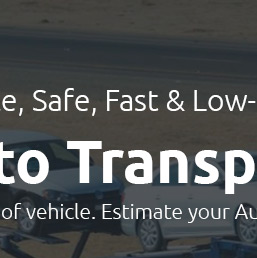 |
|||||
 |
 |
 |
 |
 |
|||||
 |
 |
 |
 |
 |
 |
 |
||
 |
 |
 |
 |
 |
 |
 |
 |
 |
 |
|
|
Experience the pinnacle of auto shipping services where 'Can I ship my car?' is met with a resounding 'Absolutely!'-we transport any type of vehicle with precision, ensuring your prized possession journeys safely and arrives on time, every time; our commitment to excellence sets us apart, making us the trusted choice for seamless, worry-free vehicle transport across any distance, because your car deserves nothing but the best.
https://shipacardirect.com/florida-car-shipping/miami/?srsltid=AfmBOoo9g90HpMep18cifhPokaW9HxXUOC4CkKILSfV2YkID_tlLNygl
However, thanks to the efficient network of car transport companies, you can ship vehicles to virtually any location in the U.S. from Miami. Choosing the ... https://shipacardirect.com/florida-car-shipping/?srsltid=AfmBOorH40A7IwlrxoGybttkp-A1k5-VKBLU7I6plZxPJUBe3eMRGRlC
We make car shipping easy and affordable, so you can trust that you are getting the best price and service. You can rest assured that your vehicle will arrive ... https://www.sherpaautotransport.com/guides/how-to-ship-a-car/
Understanding the car shipping process will make it easier for you to transport your vehicle. Our team has compiled this guide to help you ...
|